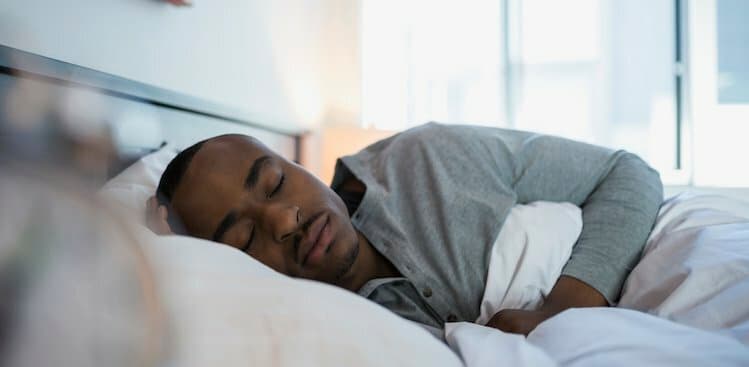I typically work out first thing in the morning. On occasion, I’ll exercise during the workday, a yoga class here or a boxing class there, but never at night. Or, at least, that was the case until last month when I joined a Tuesday night running group.
After the first session, I couldn’t wait to get my exhausted body home to eat, and then crash into a deep sleep. I’d been worried about having enough post-work stamina to complete the intense workouts but not at all concerned with how they’d affect my sleep cycle.
So I was both surprised and frustrated when sleep eluded me. Tossing and turning for the better part of the night meant that I was practically a waste of space the next day. I had to figure something out or be forced to abandon my new workout.
“Oh yeah, you’ve got too much adrenaline,” my running pal Steph Creaturo, who also happens to own a yoga studio, explained knowingly when I told her I was having trouble falling asleep.
“This is where yoga is fantastic for runners—simple poses like child’s pose or legs up the wall switch the position of the head and heart—the head is usually above the heart because we’re upright beings. When we flip the head/heart position, your central nervous system (a.k.a., your main control panel) gets the message that it’s totally A-OK to start to chill out a bit.”
As a longtime yoga devotee, I was familiar with the poses Creaturo recommended, and so after my next nighttime run, after I showered and ate dinner, I settled onto the floor, my butt as close to the wall as I could get it. I placed my legs up against it, as straight as possible, and I let my arms splay above my head, cactus-style (just like in the photo above!).
I breathed in and out gently, and I swear I could feel my heart rate slowing down. I could practically feel my body floating away into a more relaxed state. After five or six minutes, I gently hugged my legs into my chest and made my way up to sit. It was like Creaturo said, “Once the message is received [that it’s OK for your body to relax], your nervous system downshifts and you can exhale a bit more, allowing the body to focus on chilling out than ramping up.”
I got into bed with a book and read for 15 minutes or so before my eyes got heavy. I didn’t fall asleep as soon as my head hit the pillow—but I never do. I did, however, get a good night’s sleep. The tossing and turning that had come to define my Tuesday nights was absent, and I woke up feeling rested and ready for the day.
It was the perfect calming remedy. One-size fits all. If you find yourself struggling with insomnia, you have to give this a try. It requires no equipment—just your body and a wall.

